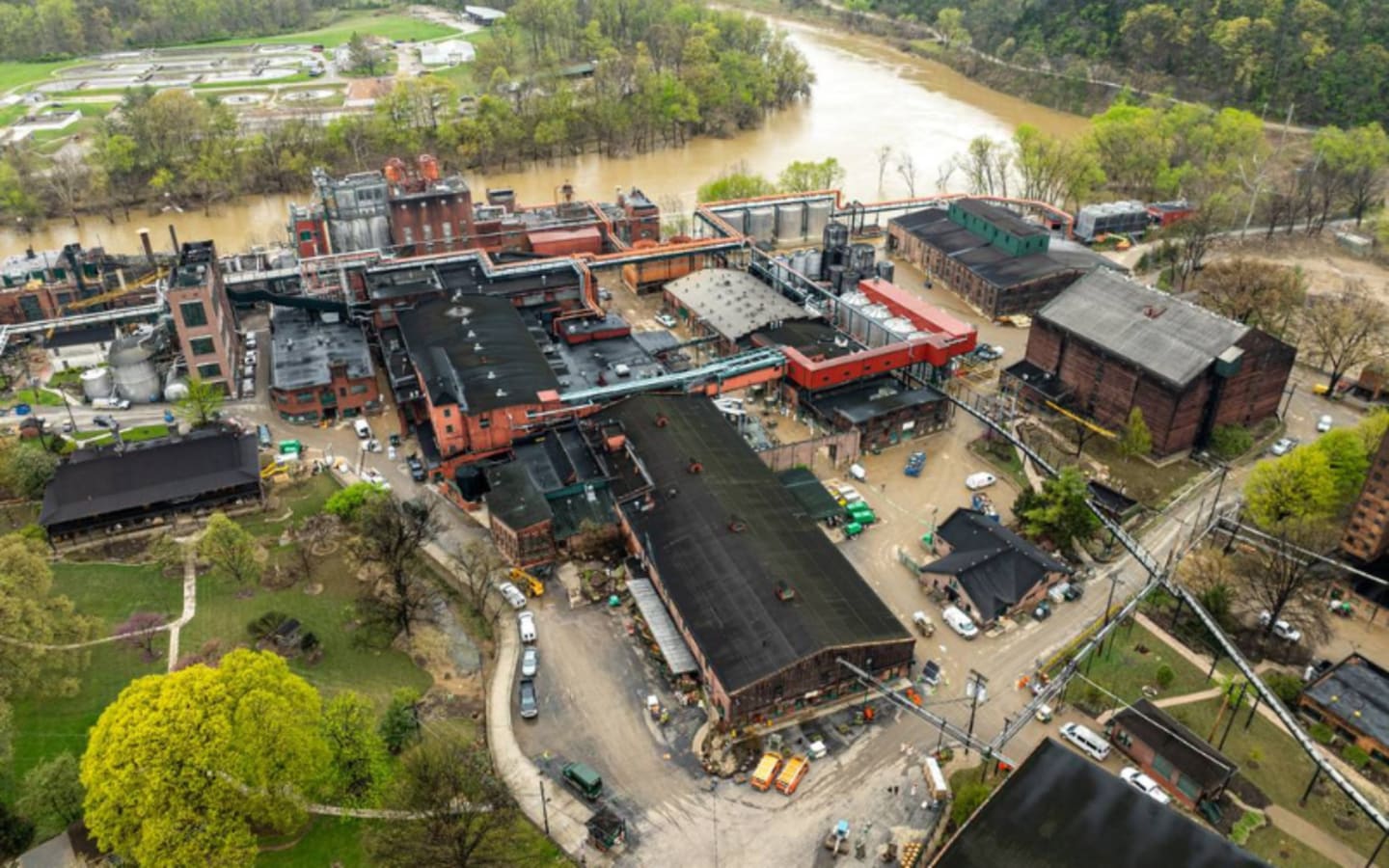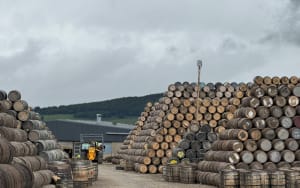In the heart of Kentucky, where bourbon flows like a river, Buffalo Trace Distillery is making waves with a groundbreaking approach to an age-old problem: what to do with the leftover waste from whiskey production. Known for crafting some of America’s most beloved whiskeys—think Eagle Rare, Pappy Van Winkle, and Weller—Buffalo Trace is now turning its attention to stillage, the grain-heavy byproduct left after distillation. By teaming up with Meridian Biotech, a Kentucky-based innovator, the distillery is transforming this waste into a valuable resource, creating high-protein ingredients for food and feed while tackling a growing environmental challenge.
The Problem of Stillage in Bourbon Country
Whiskey production is a craft steeped in tradition, but it comes with a messy reality. For every gallon of bourbon distilled, about 10 gallons of stillage are left behind. This grain-rich liquid, a mix of solids and liquids from fermented mash, has long been a headache for distilleries. In the past, many operations, including Buffalo Trace, sent stillage to local farmers, who dried it into livestock feed. But as America’s love for bourbon has surged, so has production. Buffalo Trace alone has ramped up its output by 50% as part of a $1.2 billion expansion, creating a flood of stillage that far outstrips what farmers can use.
The surplus has become a bottleneck. If a distillery can’t move stillage fast enough, it risks slowing or even halting production—a costly setback for an industry riding high on demand. Traditional drying houses, where stillage is processed into manageable feed, can’t keep up with the volume. Trucking it to farms adds costs and carbon emissions, making it less than ideal. Buffalo Trace, a leader in the whiskey world, knew it needed a smarter, more sustainable solution.
A Game-Changing Partnership
Enter Meridian Biotech, a Lexington-based company with a knack for turning waste into opportunity. In a bold move, Buffalo Trace and Meridian have joined forces to build a $40 million facility in Franklin County, Kentucky, right in the distillery’s backyard. This cutting-edge plant will take stillage straight from Buffalo Trace’s operations and transform it into what Meridian calls “multifunctional alternative proteins.” These proteins could end up in everything from pet food to aquaculture feed to organic fertilizers, opening up new markets and uses for what was once considered waste.
The facility, set to create up to 35 local jobs, is designed with efficiency in mind. By piping stillage directly from the distillery, it eliminates the need for trucking, slashing transportation costs and environmental impact. Meridian’s approach relies on advanced biotechnology, using non-GMO bacteria and fermentation to break down the grainy liquid into high-protein ingredients. It’s a zero-waste dream—taking a problem and turning it into a product that’s both practical and profitable.
Why This Matters for Bourbon and Beyond
The partnership comes at a critical time. Buffalo Trace’s massive expansion has made it one of America’s top whiskey producers, but with great output comes great responsibility. The distillery’s master distiller, Harlen Wheatley, sees this as a natural extension of the craft. “We’ve always respected the journey from grain to glass,” he said in a statement. “This lets us take it further, giving stillage a new purpose and value.” It’s a sentiment that resonates with anyone who appreciates the artistry of whiskey-making but also cares about the footprint it leaves behind.
Meridian’s technology isn’t just a win for Buffalo Trace—it could set a new standard for the spirits industry. Founded in 2017, the company has been honing its process, combining fermentation with wastewater treatment techniques to create sustainable solutions. In 2021, Meridian caught attention at the Distillers Grains Reverse Pitch Competition, a Kentucky-sponsored event that challenged innovators to rethink bourbon’s spent-grain problem. Their pitch stood out for its focus on both economic and environmental impact, earning them a spot as one of five finalists.
The potential goes beyond whiskey. Meridian’s process could work for breweries, wineries, and other alcohol producers dealing with similar byproducts. By targeting these industries, the company aims to carve out a niche in the growing market for sustainable proteins, from fish farming to pet food to eco-friendly fertilizers. It’s a practical solution that aligns with a broader push for greener practices in food and agriculture.
A Boost for Kentucky’s Economy and Environment
The new facility isn’t just about innovation—it’s about community. Franklin County stands to gain up to 35 new jobs, a welcome boost for the region. Meridian’s $40 million investment signals confidence in Kentucky’s future as a hub for both bourbon and biotech. “We’re committed to making a lasting impact,” said Brandon Corace, president of Meridian Biotech. “This isn’t just about solving a problem for Buffalo Trace—it’s about showing the spirits industry what’s possible.”
For Buffalo Trace, the timing couldn’t be better. The distillery’s production boom has put pressure on its waste management systems, and this partnership offers a way to stay ahead of the curve. By turning stillage into a resource, the distillery can keep its operations running smoothly while reinforcing its reputation as an innovator. It’s a move that balances tradition with progress, honoring the craft of whiskey-making while embracing the demands of a changing world.
What’s Next for Whiskey Waste?
The Buffalo Trace-Meridian partnership is a glimpse into the future of bourbon—and perhaps the broader food and beverage industry. As distilleries grapple with growing production and environmental concerns, solutions like this could become the norm. The ability to turn a byproduct into something valuable doesn’t just solve a logistical problem; it creates a model for sustainability that others can follow.
For now, Buffalo Trace continues to churn out its legendary whiskeys, from the smooth Eagle Rare to the coveted Pappy Van Winkle. But behind the scenes, it’s also pouring resources into a project that could change how the industry sees waste. It’s a reminder that even in a craft as old as whiskey-making, there’s always room for a fresh idea—one that turns leftovers into something worth savoring.




